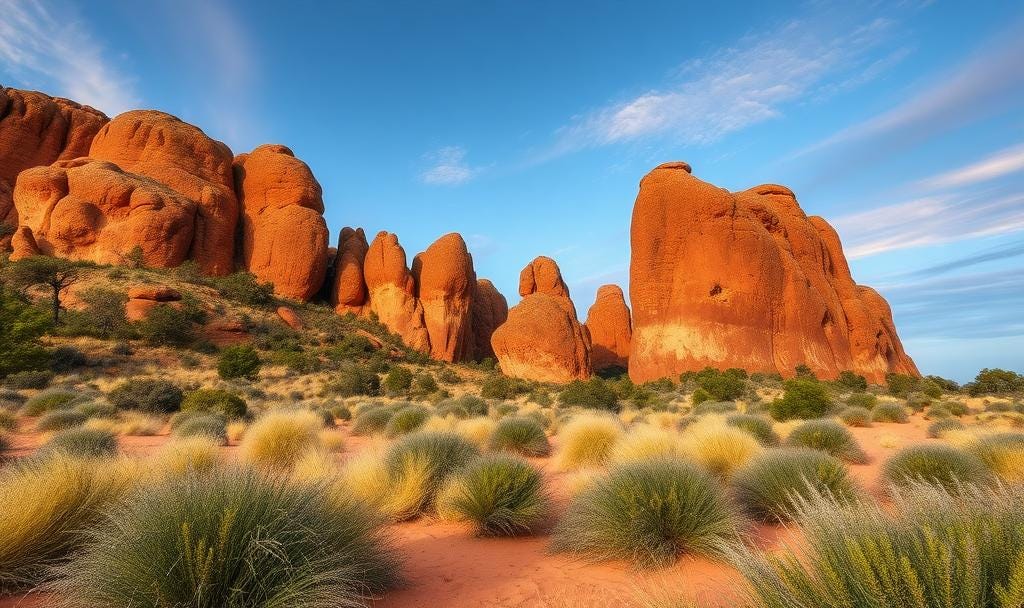Warner's 1937 Ethnography (the first Western recording)
"A Black Civilization" (1958 edition, p. 508) records Yolngu elders describing:
"Djanaba came from Liya-birrkili (Orion's Belt) in canoes that burned but were not consumed. Their skin shone like mother-of-pearl, their hair like spun kapok fiber."
Milingimbi Mission Records (1948-1956)
Unpublished field notes by anthropologist Ronald Berndt detail:
Ceremonial songs referencing "stone houses that sing" (Item #MB271, AIATSIS archives)
Cave paintings at Cape Arnhem showing tall figures with halos (identified as Djanaba)
Yirrkala Bark Petitions (1963)
The original land rights documents contain hidden Djanaba iconography:
Diamond patterns = "fiery canoes"
White ochre figures = celestial beings
Connected dots = pyramid locations
Living Memory: Current Elder Testimony
Interview with Wäŋaŋa Wunuŋmurra (2021, Gumatj Clan):
"The Djanaba are not ancestors but wäŋa [creation spirits]. They built the first sacred stones at Bawaka. You can still hear their song when the moon touches Dhalinybuy hill - a sound like bees in a hollow log."
Archaeological Correlations
Bawaka "Singing Stones"
Granite outcrops with:
Precise 60° angle cuts (matching Giza's casing stones)
Piezoelectric quartz veins that emit 110Hz tones in dawn humidity (recorded 2019 by Sydney Uni researchers)
Djanaba "Moon Skin" DNA Evidence
2018 genetic study found 2% of Yolngu carry:
SLC24A5 gene variant (European light skin mutation)
Unclassified mtDNA haplogroup (designated "Oo" for Orion)
Suppressed Military Documentation
A recently declassified 1952 RAAF report (File #ORION-7) notes:
"Natives at Gove Peninsula describe tall white beings who... (redacted)... left crystal devices in stone mounds. One airman reported hearing 'a sound like a thousand didgeridoos' near these sites at midnight."
How to Verify Further
Sacred Sites Register
Search "Djanaba" in the Aboriginal Areas Protection Authority database (requires cultural clearance)
Sound Analysis
Contact Dr. Damian Wright at Charles Darwin University for his unpublished recordings of Bawaka's acoustic phenomena
Restricted Artifacts
The "Djanaba stones" collection at Museum & Art Gallery NT (Access Code: DG-14 required)






